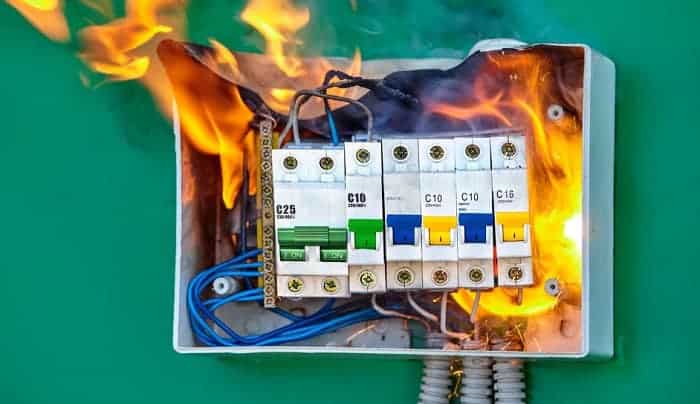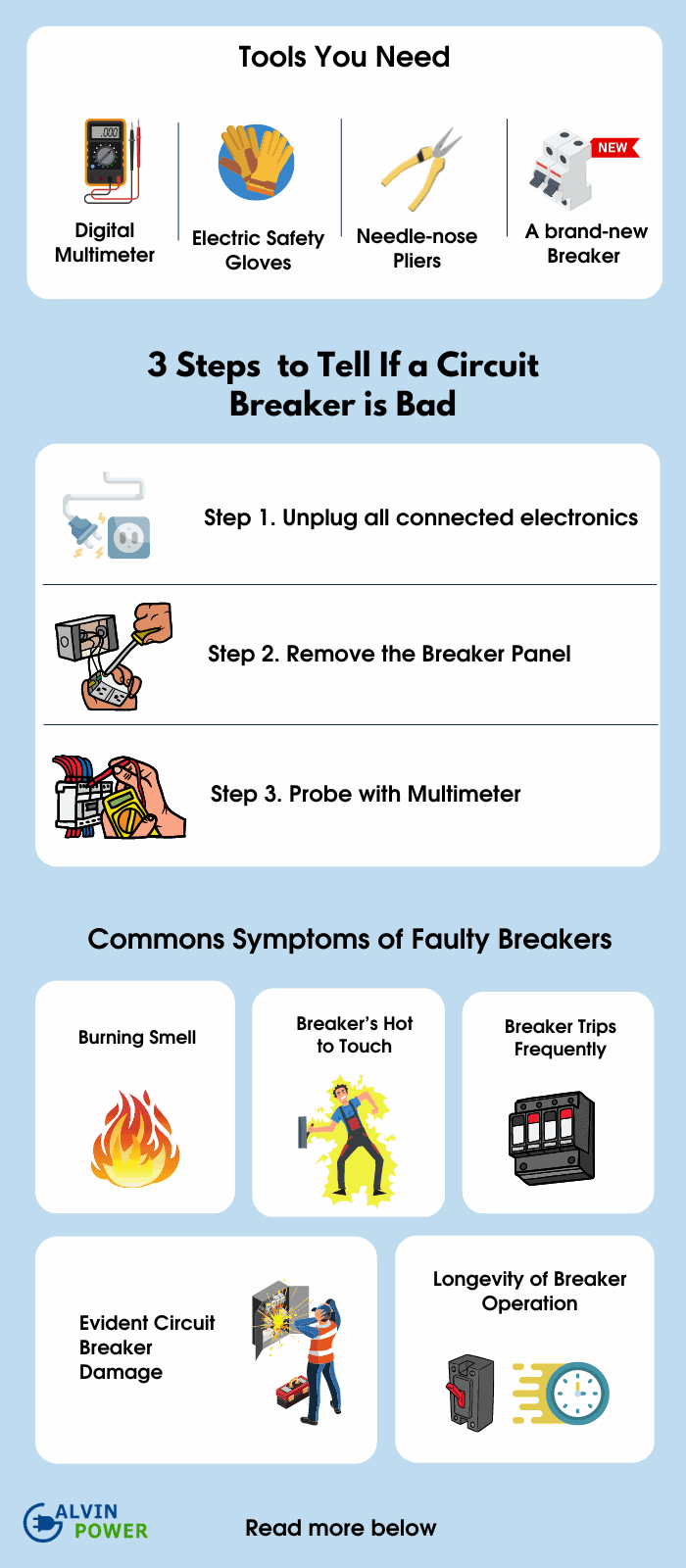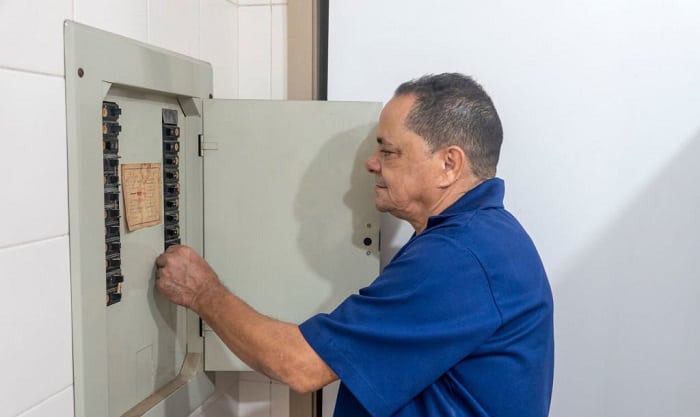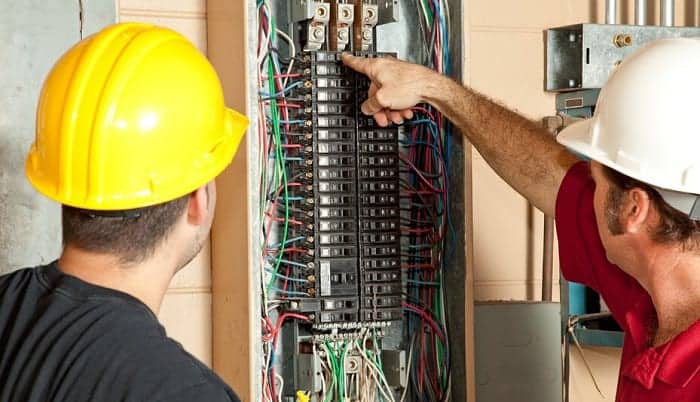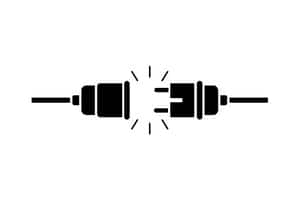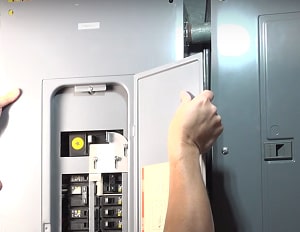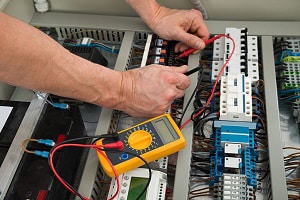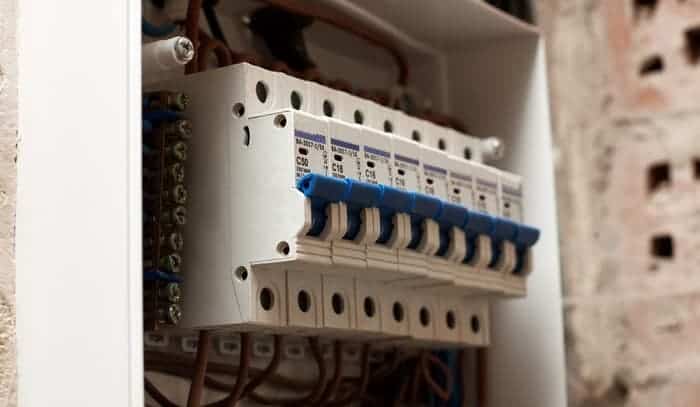Are you concerned if you have a bad circuit breaker? Or perhaps you’d want to test a circuit breaker before you buy one. Generally, knowing how to tell if a circuit breaker is bad is an indispensable skill every homeowner must possess.
Whatever the reason, there are always tell-tale weak circuit breaker symptoms that can help you determine if a circuit breaker is bad.
All in all, there are a plethora of bad main breaker symptoms that you must be aware of before using or buying a circuit breaker. And yes, don’t worry, there are indeed ways that you can use to tell if a circuit breaker’s bad.
If, for instance, that you want to check if you have a bad breaker, then you must first remove all electronics in a connected circuit, and then aptly check it with a multimeter.
For more information, follow along with this guide so that you may know how to know if your breaker’s in a good or bad condition.
Table of Contents
Tools You’ll Need for This Task
For this task, you’ll need the following tools:
- Digital Multimeter
- Electric Safety Gloves
- Needle-nose Pliers
- A brand-new Breaker (In-case you’d want to replace a bad circuit breaker immediately)
The tools that I’ve outlined above are important before you probe your own circuit breaker. I don’t recommend that you go through your circuit breaker probe if you don’t have the items I’ve listed.
Step-by-Step to Tell If a Circuit Breaker is Bad
Now, in order to tell if a circuit breaker is bad, I’ve made a simplified manual that can help guide you through your probing.
Step 1. Unplug all connected electronics
As a general tip, it is recommended that you first remove all electronics connected to a circuit that you’re about to tamper with. However, if you’re aware, then you can just specifically remove any appliances connected to the certain circuit you’re about to test.
If you’re unsure about the specific breaker’s circuit, then I implore that you unplug all electronics in the general vicinity of your working area.
This is done mainly to prevent surging, which could damage your electronics and also shock you accidentally.
Step 2. Remove the Breaker Panel
Don’t forget to wear your electric safety gloves and check if you have all the necessary tools before you start working on this electric project.
Now, remove the panel covering the expanse of the entire breaker system. Depending on your home’s set-up, your breaker cover might be held together by screws or a handheld lock.
Either way, take utmost care in removing the panel, as you don’t want to accidentally drop and damage it.
Step 3. Probe with Multimeter
Now, prepare your multimeter as you now will begin probing whether your circuit breaker is bad.
Carefully connect the black wire to the ‘COM’ slot of the multimeter, while you connect the red wire to the slot labeled with the letter V and Omega symbol (Ω). This way, your multimeter will correctly read the circuit breaker’s voltage.
Carefully connect the testing tip of the red wire to the screw adjacently holding each individual breaker handle. Meanwhile, hold the tip of the black wire to the neutral bar of the circuit breaker.
The neutral bar I’ve mentioned can be seen beside the breaker handles themselves. They’re easily visible, so you won’t have much trouble finding them.
Be mindful while you’re probing each breaker individually. Make sure that your skin doesn’t contact any of the metal parts of the circuit panel while you’re conducting your test, as you might get accidentally shocked.
This facilitates the multimeter to read the total voltage capacity of the circuit breaker. Depending on the specifications of the breaker itself, your multimeter reading should be around 120 – 250 V, depending on whether it is a single-pole or double-pole breaker.
However, if your voltage reading is zero, then you may want to urgently replace the affected circuit breaker. A zero reading means that the breaker is faulty, and may cause untoward electric accidents if left unchecked.
Commons Symptoms of Faulty Breakers
Aside from directly testing each breaker if it’s faulty, there are also indicative signs of whether a circuit breaker is bad. I’ve taken the liberty to list each of them down below.
1. Burning Smell
This is immediately a sign that something has gone awry with your circuit breakers. If you smell something burnt emanating from the circuit breakers, then it’s time to apply check and see if everything’s still fine with your electrical wirings.
2. Breaker’s Hot to Touch
This is yet another sign that you must be wary of when it comes to your circuit breakers. A hot breaker may signify that a circuit is overloaded, which manifests through the production of heat.
When this happens, I implore that you immediately call a professional electrician to prevent further electric accidents from escalating.
3. Breaker Trips Frequently
If your circuit breaker frequently trips, then this may be a sign that either your circuitry is bad, or the breaker itself is faulty. Nevertheless, it is important that you immediately tend to your circuit breaker if tripping regularly happens.
If you have more questions regarding breakers that constantly trip, then check this guide on why does my/your breaker keep tripping.
4. Longevity of Breaker Operation
Another vital aspect that you must consider is the overall age of the circuit breaker. Evidently, the age of the breaker signifies its operational condition. As the rule goes, the older the breaker, the more prone it is to faulty trips.
Worn-out breakers due to old age is an electric hazard, hence you should change it as soon as possible.
5. Evident Circuit Breaker Damage
You should always check whether your circuit breaker and its panel have some discernible damage. This is because the heat produced by a faulty breaker may have caused external damage.
You should immediately call professionals should you notice any sort of damage to your circuit breaker panel — to prevent further escalation of electric accidents.
Why It is Important to Know If Your Circuit Breaker is Bad
The answer is simple: this is to prevent catastrophic accidents from happening to your homes. As you’re never aware of the potentiality of fire hazards caused by electric sources, you must always ensure that your fail-safe systems are well intact and functioning.
Evidently, a faulty circuit breaker can’t effectively perform its duty; hence, you should take utmost care of them in order to prevent a fire from damaging and even engulfing your home.
And if you didn’t know, fires, no matter how small, will always decrease the value of your property. Therefore, if you’re looking forward to selling your house in the future, then it’s in the best of your interests to preserve the structural integrity of your home.
This includes taking care of every facet of your property, including your circuit breakers. An unmitigated fire caused by faulty breakers can and will lower your home’s value.
Conclusion
In general, there are various steps that you can do in order to check if a circuit breaker’s faulty or not. Likewise, there are symptoms and tell-tale signs that signify whether a circuit breaker is going bad.
Nonetheless, they are both important factors to always consider when maintaining your home to be safe from untoward accidents. After all, who’d want to have their homes engulfed in flames?
Have you learned anything from this article? Do you now know how to tell if a circuit breaker is bad? If so, then don’t hesitate to drop any of your questions down below the comment section.

I am Andrew Wright. With 8 years of experience designing, installing, and maintaining electrical power systems. I love my job, and I have always wanted to offer others the necessary help so they can take care of their houses.

